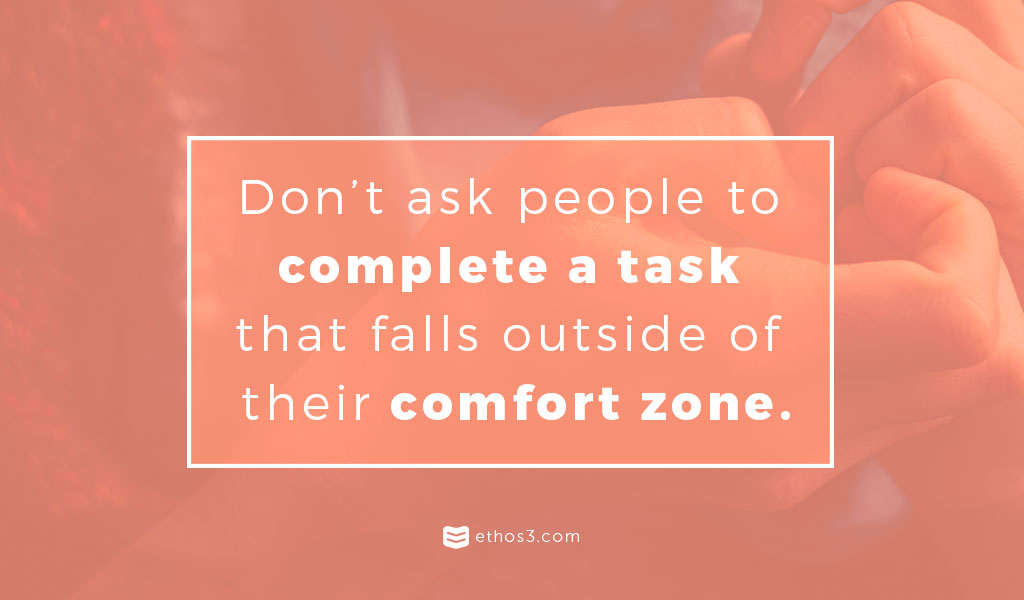You have probably run into someone during the course of your lifetime who makes decisions in a way that you don’t understand. For me, that person needed to collect every tiny bit of information. He was like a bumblebee, flying from plant to plant and gathering as much nectar as possible. After laying out his data in front of him, he would examine each component with the compulsion of a Harvard scientist. He constantly asked himself “what if I choose X and Y happens?” For me, decisions should be made on a spectrum. On one end of the spectrum, there should be a devotion to research. But on the other side of the spectrum, there should be a reliance on following your gut or your instincts.

My approach to decision-making looks like a unicyclist on his bike. It’s a delicate balancing act between acknowledging the potential outcomes and trusting your inner thoughts. As humans, however, we don’t stick to a single decision-making model. In fact, there are 3 primary models of decision-making.
1. Rational
It is under this type of decision-making model that my friend thrives. A person using this method of thinking completely understands the problem at hand, as well as the objectives he or she hopes to achieve. There is a list of criteria with corresponding weights, which the decision maker evaluates. Relevant information – from the alternative routes available to the decision maker to the consequences of each decision – are known and considered.
2. Administrative
When the amount of information at your fingertips is limited and the timeframe to make the decision is tight, a person may use processing shortcuts. To avoid indecisiveness, a decision maker approaching an issue from an Administrative mindset will rely on a heuristic – or an alternative that demonstrates high chances of success. Instead of surveying myriad solutions, a person will discontinue their search once he or she finds a solution that satisfies their core needs.
3. Retrospective
The Retrospective decision model explains how an individual will rationalize a decision after it has been made. Per Soelberg observed that people who show an implicit affinity for a particular choice may still seek other options to give themselves the illusion of engaging in a logical thought process. In reality, a retrospective decision maker selects a predetermined option.
How to Use Decision Theory to Out-Present Your Competitors
By comprehending how your audience members could arrive at a decision on whether they want to buy your product or invest in your idea, you can develop your content to strategically address vital elements. Your competitors might weave compelling stories of customer satisfaction throughout their deck, but are they conveying the right points of divergence between and you and them? Here’s the science behind the most effective ways to out-present other players in your industry:
“We’ve got more to offer.”
Think about your last presentation. Did you spend too much time explaining the finer details of each product or service you provide? Or did you focus on illustrating the combined benefits of your company in general and your products or services as a whole? One segment of decision theory claims that humans conclude on a choice that delivers the greatest marginal utility – or largest possible reward. For example, if you are presenting on behalf of a logging company and you mention that your trucks can hold 50% more logs than your competitors’ trucks, who will your audience hire?
You don’t always have to throw your competitors under the bus to make a similar point. Storytelling through client or customer experiences can achieve the same effect in a less contentious or combative manner. The tactic works best when you are dealing with services that may not have tangible benefits – like the ability to carry 50% more logs to a desired destination. Maybe you are a dance company owner and the advantages of working with your dance instructors are intangible. Visualizing the expected utilities versus the expected values through a client story will communicate your unique offerings.
“You’ll lose this if you choose that.”
Avoid projecting the idea that you and your competitors are on equal footing. Your audience members will be less likely to bet on your product or service if you position it in a comparable way to your competitors. Prospect Theory explains how your listeners will determine whether they are willing to take a risk on your product or idea based on the presentation of the option. During a presentation, it can be in your company or brand’s favor to accentuate the losses rather than highlight the gains of working with you. Whichever technique you choose to employ, do not – and I repeat – do not place the thought in your audience members’ heads that partnering with you will be a similar experience to partnering with other companies like yours.
Exude confidence in your service and product – making sure to include testimonials creatively throughout your deck. If you are able to convince someone that the benefits you discuss are certain, you’ll secure their buy-in and arm them against any other business’ messaging. Change the perception of your product or service by creating a list of the points of reference your audience may evaluate gains and losses from when deciding. Ask questions of yourself about your audience like:
- What keeps my audience up at night?
- What types of emotional connections do they have to the brand, product, or service?
- Who are the members of my target audience? What does their background look like
“We’ll empower you to act.”
The call to action is the presenter’s final sign-off. It’s the last item the audience will hear before they resume the hustle and bustle of their individual lives. Lucky for you, the Theory of Planned Action and the Theory of Planned Behavior exist to help you establish a framework for ending on the most influential directive. According to the Theory of Planned Behavior, a person’s attitude toward the proposed action dictates the chance he or she will perform the action. This is where it pays off to have done your research on the motivations and intentions of your presentation attendees. Craft your call to action so that it aligns with your audience’s current beliefs.

In addition, the Theory of Planned Behavior is a caution for presenters to review their call to action before delivering it. Why? Because an individual will only follow through on a behavior if they have the skill, resources, and opportunity to do so. Ensure that you have provided listeners with the tools and information they would need to execute your call to action. You are trying to coordinate more actors than your competitors, after all.
It’s fascinating the dreams you can realize and the following you can build when you intimately know your target audiences. To learn more about efficient presentation communication, review the resources below:
Is Your Presentation Messaging Different from Your Competition?
How to Create an Audience-Focused Presentation
